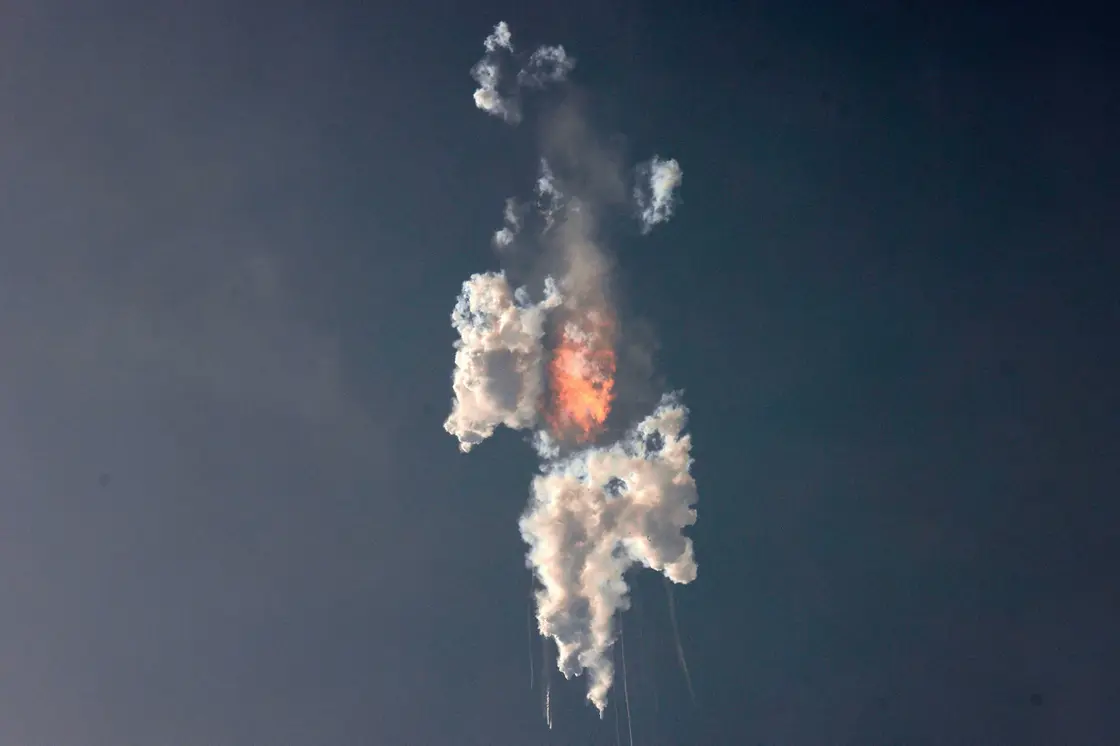SpaceX’s Starship, the most powerful and massive rocket ever created, designed for missions to the Moon and Mars, will remain grounded as the company conducts over 63 upgrades requested by the Federal Aviation Administration (FAA), this decision comes after the rocket’s first prototype exploded during flight in April.

The FAA, the U.S. aviation regulatory agency, announced the necessity of implementing 63 changes, including the creation of new parts “to prevent leaks and fires,” adjustments to the launch platform, and additional testing.
On April 20, SpaceX intentionally detonated the rocket in the skies over Texas after four minutes of a problematic takeoff that witnessed a failure in rocket separation and multiple engine failures.

The fiery debris caused a dust cloud that settled over a nearby town, despite this setback, Elon Musk, the CEO of SpaceX, expressed hope that this failure would help them learn valuable lessons for future launches.
However, the regulatory agency initiated an investigation into SpaceX, alleging that the company had not made sufficient efforts to ensure environmental protection.
The FAA now asserts that SpaceX must “implement all corrective actions impacting safety” and submit a new request for a modified permit “before any future Starship vehicle launches.”
Recursive improvement is essential as we work to build a fully reusable launch system capable of carrying satellites, payloads, crew, and cargo to a variety of orbits and Earth, lunar, or Martian landing sites pic.twitter.com/3fQEEoY8Zc
— SpaceX (@SpaceX) September 8, 2023
A SpaceX official acknowledged that several problems contributed to the rocket’s explosion in April, according to SpaceX, fuel leakage during takeoff ignited a fire at the rocket’s tail, leading to the loss of communication with the primary flight computer and a loss of control.
Currently, another Starship rocket stands ready on the launch platform, complete with numerous upgrades, according to images released by SpaceX.
The company stated that the initial test was a “critical step in developing the most powerful launch system ever built,” and that it “enabled learning that will directly benefit the program.”
The SpaceX Starship, towering at 120 meters, is larger than NASA’s new colossal rocket, the SLS (98 meters), and even dwarfs the iconic Saturn V rocket from the Apollo lunar program (111 meters).
NASA selected the Starship vehicle (the second stage of the rocket) as the lunar lander for the upcoming Artemis 3 mission, which will carry astronauts back to the Moon for the first time in over half a century.

